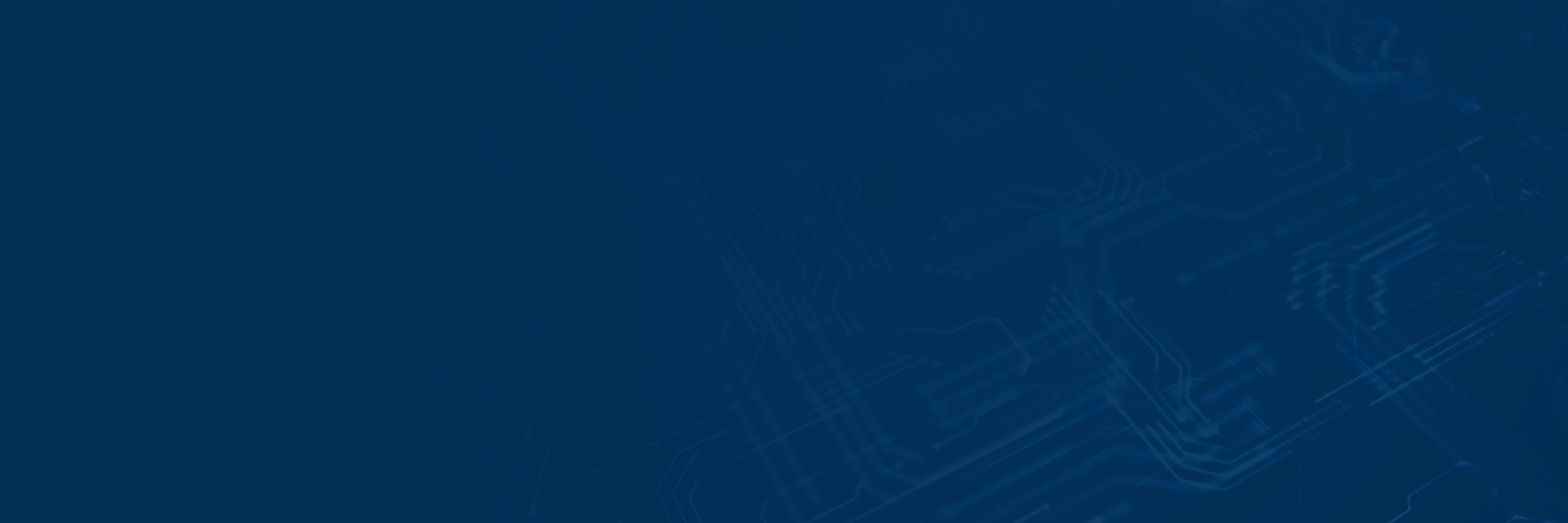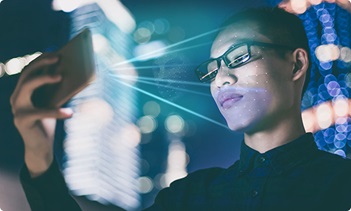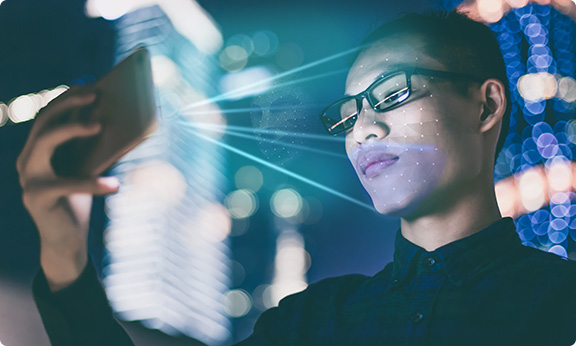
Industrial Vision Technology
As industrial automation advances towards autonomy, it is imperative that machines can perceive their environment with accuracy, reliability, and safety to effectively perform their tasks. Analog Devices’ 3D vision technology provides mm depth accuracy over a wide dynamic range, enabling machinery such as fixed and mobile robots to perform the tasks of navigating, identifying, and positioning with the required levels of autonomy.
Explore Applications in Industrial Vision Technology
High-Resolution and High-Accuracy 3D Imaging
Accurately identifying and classifying objects accelerates the autonomous guidance of robots in intralogistics applications, helping to achieve higher speed throughput and reduced downtime.
{{modalTitle}}
{{modalDescription}}
{{dropdownTitle}}
- {{defaultSelectedText}} {{#each projectNames}}
- {{name}} {{/each}} {{#if newProjectText}}
-
{{newProjectText}}
{{/if}}
{{newProjectTitle}}
{{projectNameErrorText}}


